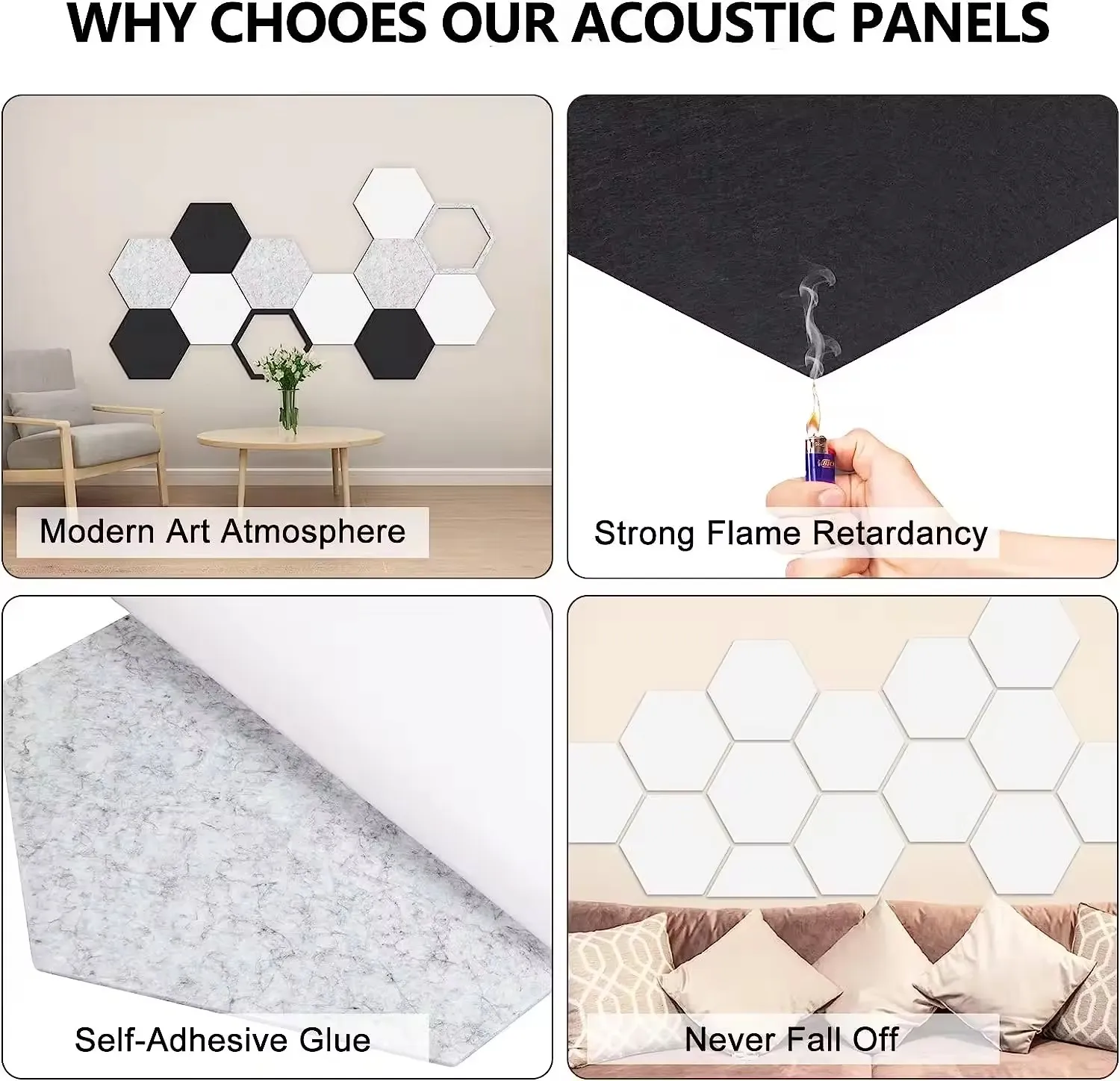The Art of Acoustic Panel Artwork Merging Functionality with Aesthetics
In an age where sound quality is paramount in both personal and professional environments, the demand for effective acoustic solutions has risen significantly. Acoustic panels serve as essential tools to manage sound reflections and enhance acoustic comfort within a space. However, they are not merely functional elements; they can also be transformed into stunning works of art that elevate interior design. The concept of acoustic panel artwork is a harmonious blend of functionality and aesthetics, allowing individuals and organizations to improve sound quality while also making a visual statement.
Acoustic panels are designed to absorb sound waves, reducing echoes and reverberation in a room. They are commonly used in recording studios, offices, schools, and even homes. However, traditional panels often lack visual appeal, which can make them less appealing to architects and designers. To address this, designers have started to explore creative ways to incorporate artwork into acoustic panels, turning them into vibrant displays that enhance the overall ambiance of a space.
The process of creating acoustic panel artwork begins with the selection of materials and designs. Artists and designers often collaborate with acoustic engineers to ensure that the artwork not only looks good but also meets acoustic performance standards. This collaboration leads to innovative designs that range from abstract patterns to realistic images, tailored to the specific needs and style preferences of the client. Materials such as fabric, wood, and foam can be utilized to create panels that are both aesthetically pleasing and functional.
acoustic panel artwork

One of the most exciting aspects of acoustic panel artwork is its versatility. These panels can be customized to fit any space, providing endless possibilities for color, form, and texture. From bold, colorful designs that make a statement in a lively office environment to subtle, nature-inspired patterns that create a calming atmosphere in a wellness center, acoustic panel artwork can be designed to complement any aesthetic. Additionally, they can be arranged in various configurations, allowing for dynamic installations that adapt to the layout of the room.
Moreover, the environmental impact of acoustic panel artwork is worth mentioning. Many manufacturers now use sustainable materials and processes, making it possible to create beautiful sound-absorbing solutions that are environmentally friendly. This not only appeals to eco-conscious consumers but also aligns with the growing trend of sustainable design in architecture and interior decoration.
In conclusion, acoustic panel artwork represents a revolutionary approach to sound management, blending practicality with artistic expression. As designers and architects continue to push the boundaries of what is possible, we can expect to see even more innovative and aesthetically pleasing acoustic solutions in the future. The transformation of acoustic panels into artworks not only improves the auditory experience but also enriches our visual environments, proving that functionality and beauty can indeed coexist harmoniously.
